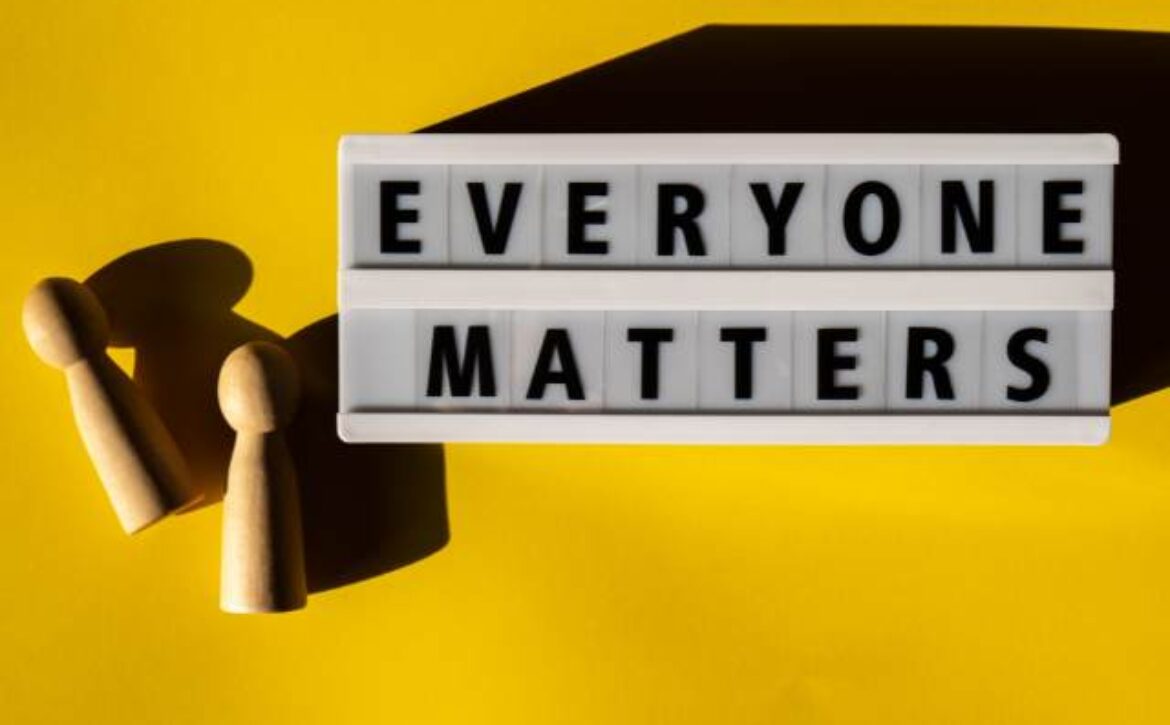The Symbiotic Role of Virtual Power Plants in Grid Stability
We all would agree that grid stability is crucial. It is crucial everywhere but in California, it holds a big importance. Grid stability in California is crucial due to several factors, including the state’s ambitious renewable energy goals, susceptibility to extreme weather events like wildfires, and a growing population with increasing electricity demands. With a significant portion of California’s energy coming from renewable sources such as solar and wind, maintaining grid stability becomes paramount to ensure a reliable power supply despite the intermittency of these resources. Furthermore, the state’s vulnerability to natural disasters underscores the importance of a resilient grid that can withstand disruptions and quickly recover to minimize the impact on residents, businesses, and critical infrastructure. Grid stability in California is not only essential for meeting environmental targets but also for safeguarding public safety, economic prosperity, and the overall well-being of its inhabitants.
Virtual Power Plants and how they can contribute to Grid Stability.
Virtual power plants (VPPs) play a crucial role in enhancing grid stability by leveraging a network of decentralized energy resources. The connection between virtual power plants and grid stability lies in their ability to aggregate and optimize diverse distributed energy resources (DERs), including renewable energy sources, energy storage systems, demand response, and even electric vehicles.
Balancing Supply and Demand: One of the primary challenges for grid operators is to ensure a balance between electricity supply and demand to maintain grid stability. VPPs achieve this by coordinating the operation of various DERs within their network. They can ramp up or down generation from renewable sources, adjust energy storage systems, and manage demand response programs to match fluctuations in demand, thereby reducing strain on the grid.
Flexibility and Resilience: VPPs enhance grid stability by providing flexibility and resilience. With a diverse portfolio of resources, they can quickly respond to changes in grid conditions or unforeseen events such as sudden fluctuations in renewable energy output or equipment failures. By intelligently managing DERs, VPPs help mitigate the impact of such disturbances, ensuring the continuity of power supply.
Voltage and Frequency Regulation: Maintaining voltage and frequency within acceptable limits is crucial for grid stability. VPPs contribute to this by actively regulating voltage and frequency through advanced control algorithms. Energy storage systems within VPPs can provide fast-response regulation services, injecting or absorbing power as needed to stabilize the grid.
Grid Congestion Management: In regions with high penetration of renewable energy, grid congestion can occur, especially during peak production periods. VPPs can alleviate grid congestion by optimizing the use of distributed resources and redirecting excess energy to where it’s needed most. This reduces the likelihood of grid overloads and enhances overall system reliability.
Enhanced Forecasting and Planning: VPPs leverage advanced forecasting and predictive analytics to anticipate changes in energy production and consumption patterns. By accurately predicting these variations, VPP operators can proactively adjust resource dispatch schedules to ensure grid stability. This proactive approach minimizes the need for reactionary measures, thus improving overall grid reliability.
Integration of New Technologies: As the energy landscape evolves with the integration of new technologies such as electric vehicles and smart appliances, VPPs serve as a platform for their seamless integration into the grid. By orchestrating the interaction between these diverse assets, VPPs help optimize their utilization while maintaining grid stability.
Virtual power plants act as a flexible, dynamic resource that enhances grid stability by optimizing the use of distributed energy resources, balancing supply and demand, regulating voltage and frequency, managing grid congestion, and integrating new technologies. As the energy transition progresses, the role of VPPs is expected to become increasingly critical in ensuring the reliability and resilience of modern electrical grids.











